How To Shiplap An Accent Wall
Add rustic, farmhouse character to any room in your home with a shiplap accent wall. This easy-to-follow video will walk you through each step of the process. In no time, you’ll have a beautiful, new design element to update your space!
Foxworth-Galbraith Home Improvement Center is your project source. Shop our selection of nail guns, finishing nails, air compressors, levels, MDF, paint supplies and more!*
Source: Perspective Design Company, YouTube
*Product availability varies by location



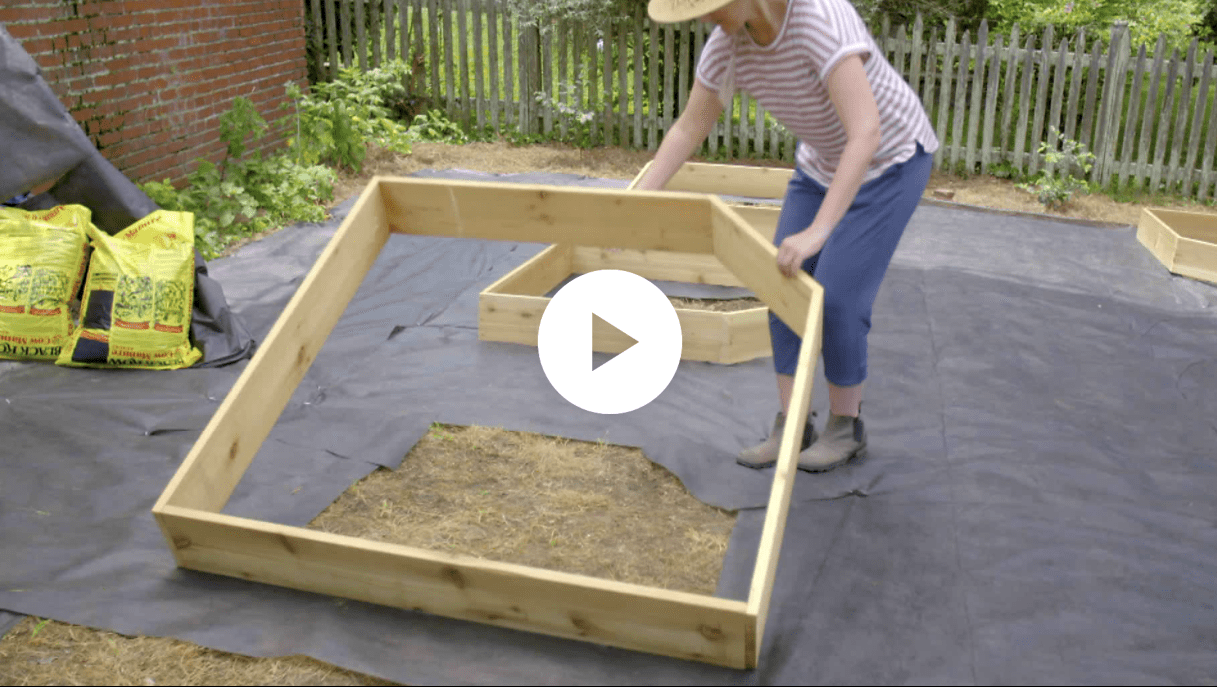
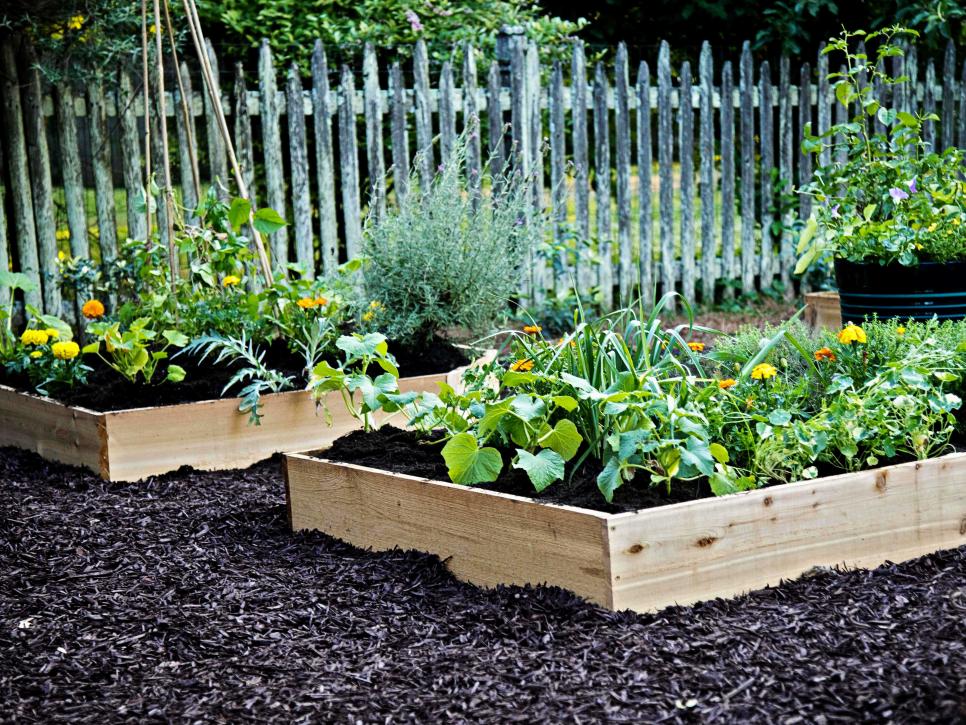
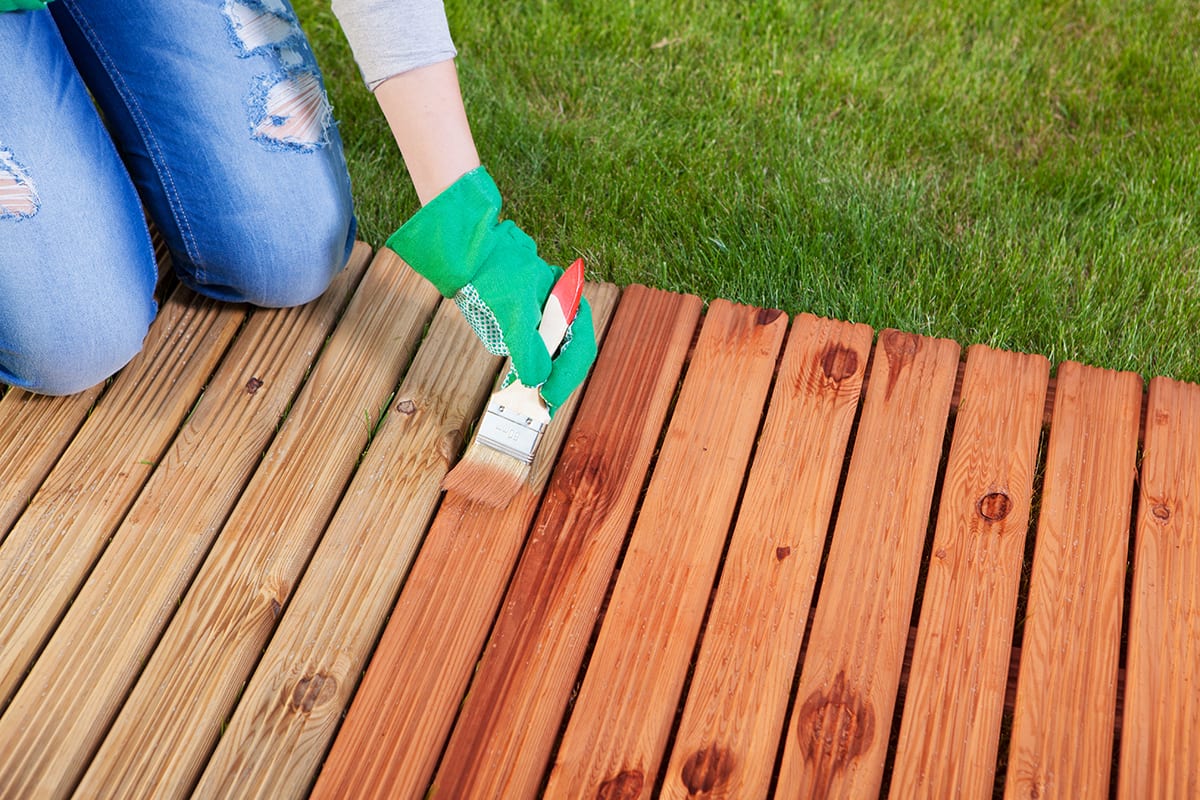
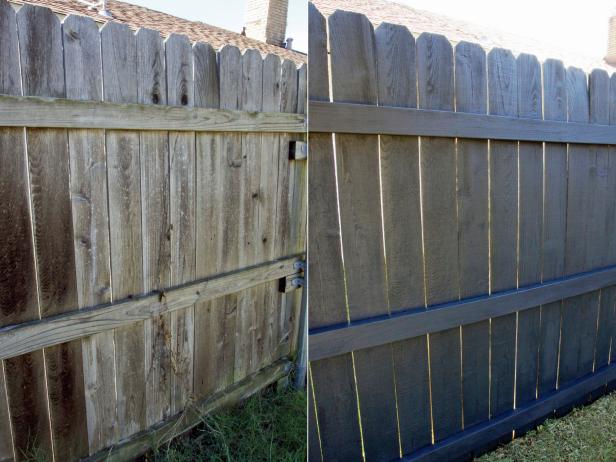
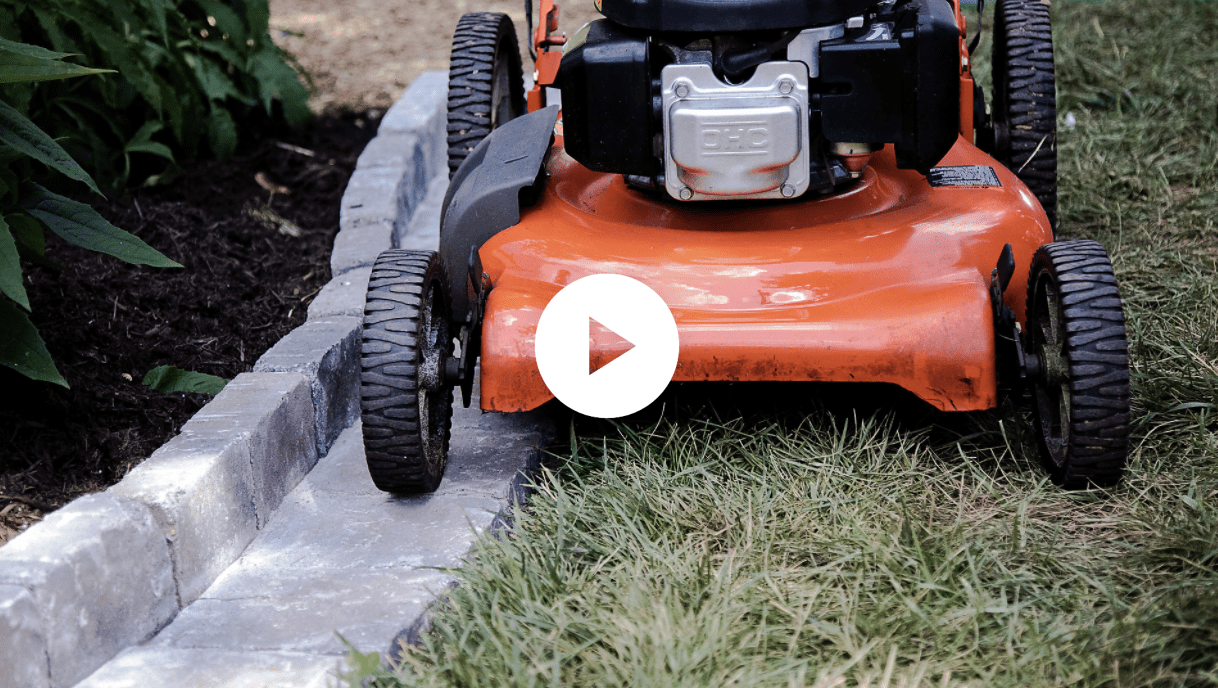
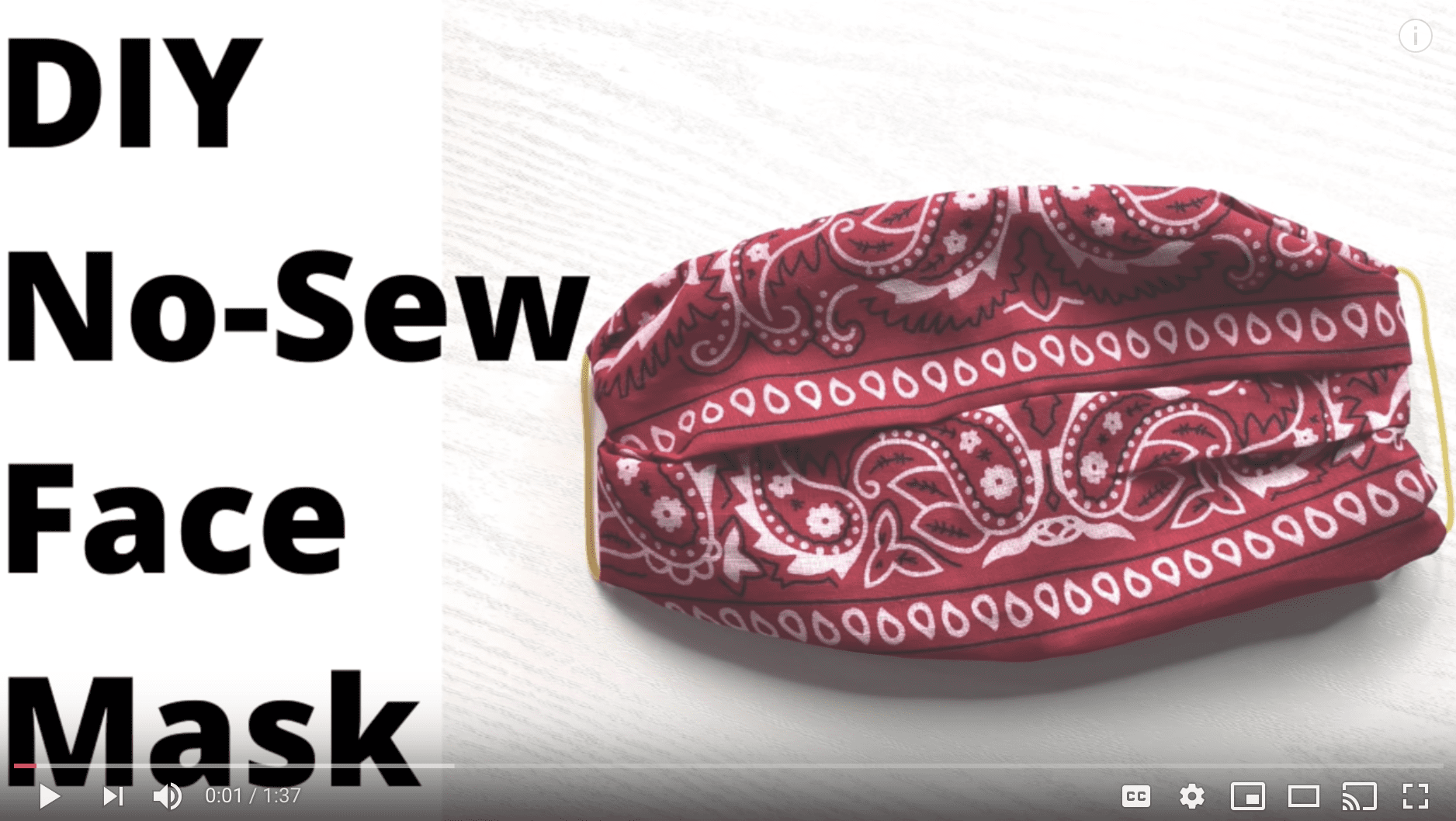
 Level: Beginner
Level: Beginner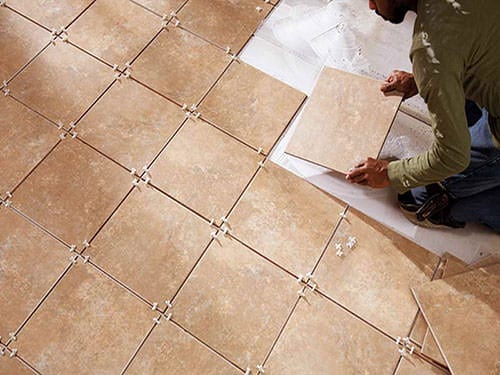 MATERIALS
MATERIALS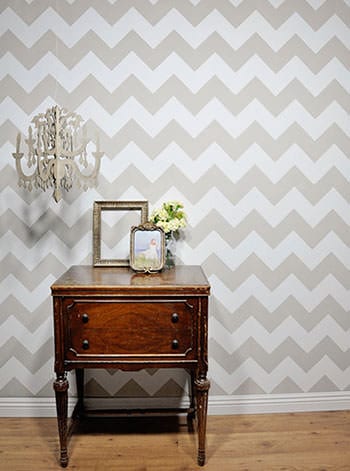 The chevron, or herringbone wall design is perfect for that small or blank wall you just don’t know what to do with. It adds interest to a space and is an easy project you can complete in a weekend.
The chevron, or herringbone wall design is perfect for that small or blank wall you just don’t know what to do with. It adds interest to a space and is an easy project you can complete in a weekend.